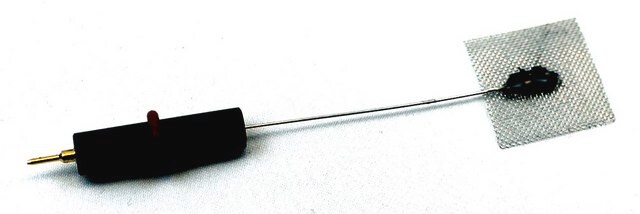349321
Platinum
foil, thickness 0.25 mm, 99.99% trace metals basis
Sinonimo/i:
Platinum element
About This Item
Prodotti consigliati
Livello qualitativo
Saggio
99.99% trace metals basis
Forma fisica
foil
Resistività
10.6 μΩ-cm, 20°C
Spessore
0.25 mm
P. eboll.
3827 °C (lit.)
Punto di fusione
1772 °C (lit.)
Densità
21.45 g/cm3 (lit.)
Stringa SMILE
[Pt]
InChI
1S/Pt
BASFCYQUMIYNBI-UHFFFAOYSA-N
Descrizione generale
Quantità
Codice della classe di stoccaggio
13 - Non Combustible Solids
Classe di pericolosità dell'acqua (WGK)
nwg
Punto d’infiammabilità (°F)
Not applicable
Punto d’infiammabilità (°C)
Not applicable
Scegli una delle versioni più recenti:
Possiedi già questo prodotto?
I documenti relativi ai prodotti acquistati recentemente sono disponibili nell’Archivio dei documenti.
I clienti hanno visto anche
Articoli
Can there be an effective strategy for finding breakthrough materials, since they are, by definition, unpredictable? One answer is found in Combinatorial Materials Science techniques, which represent a powerful approach to identifying new and unexpected materials.
Il team dei nostri ricercatori vanta grande esperienza in tutte le aree della ricerca quali Life Science, scienza dei materiali, sintesi chimica, cromatografia, discipline analitiche, ecc..
Contatta l'Assistenza Tecnica.
